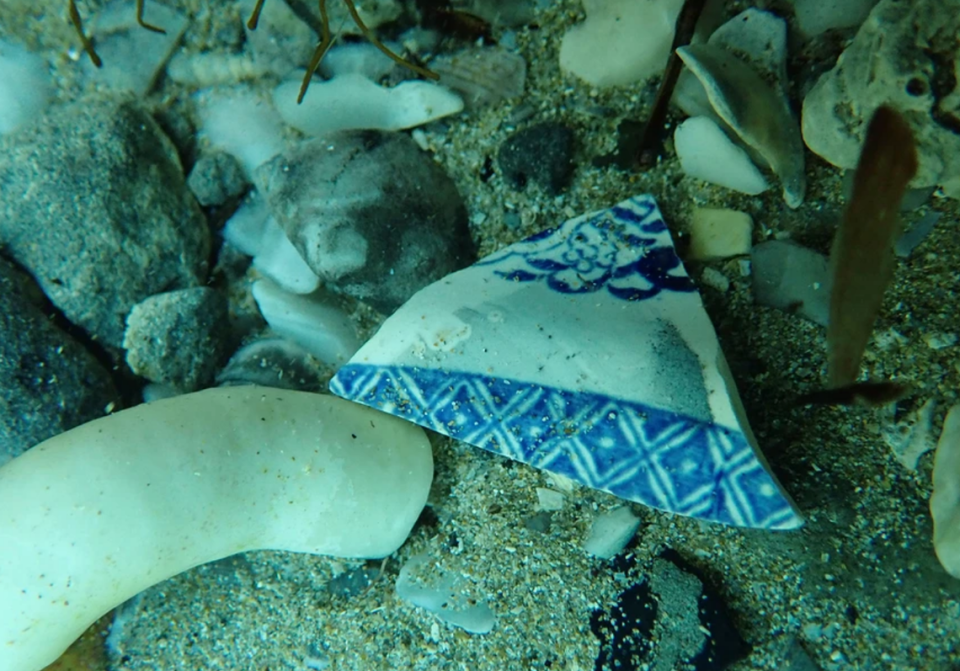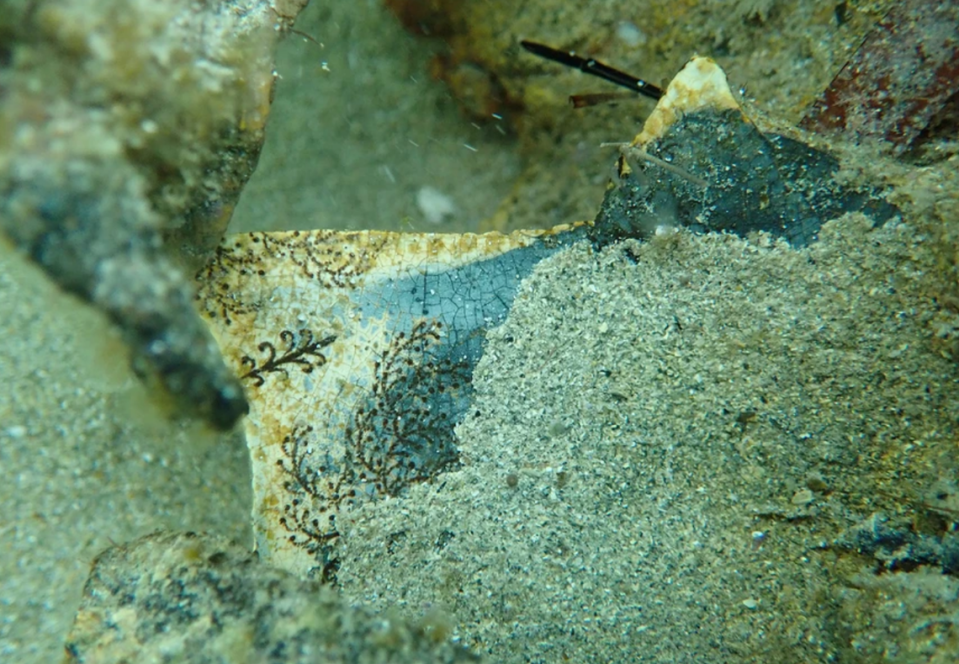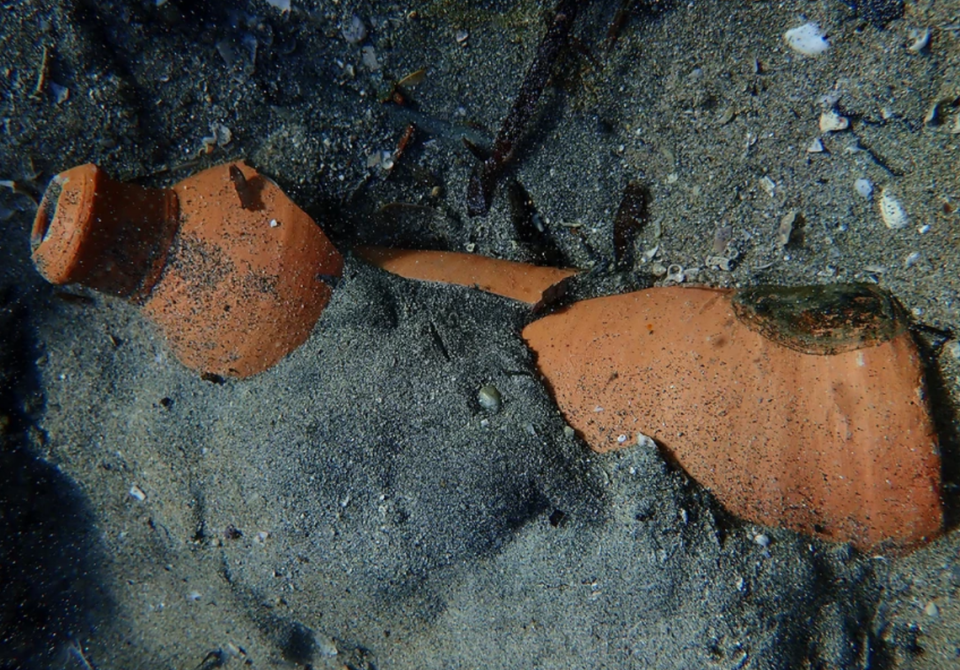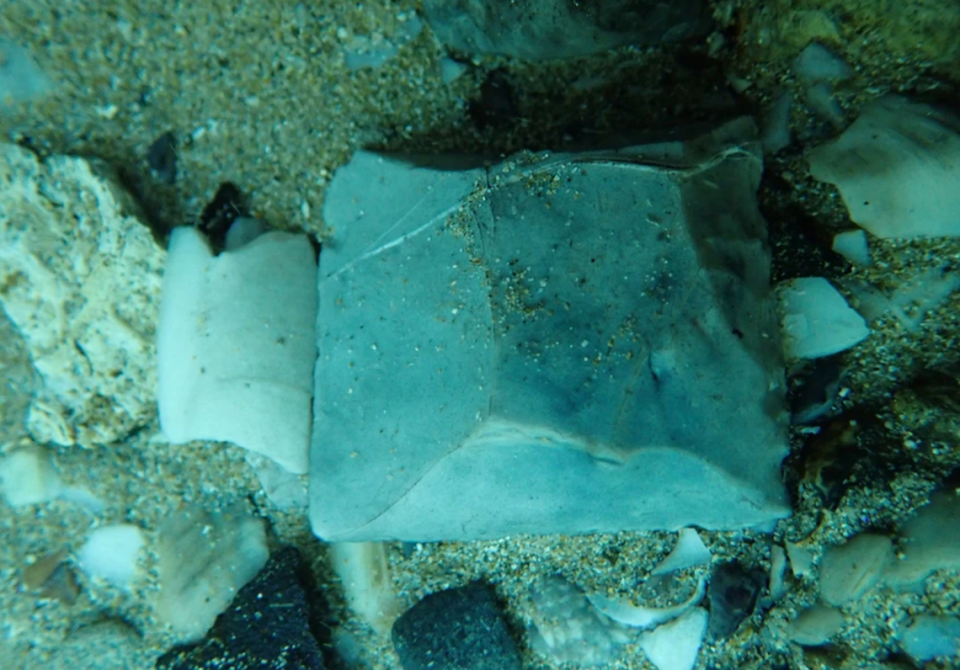Storm sank whaling ship 186 years ago. See ‘brilliant’ treasures now found by divers
Nearly 200 years ago, a whaling ship sailed around during a storm and sank off the coast of Australia.
The wooden vessel, discovered in 2018 under about 10 feet of water, is the oldest known wreck ever found in South Australia.
Recently, divers have recovered cargo once carried by the ship, including ornately decorated dishware and a “therapeutic” water jug from halfway around the world, according to a study published June 23 in the journal Historical Archaeology.
The artifacts found at the wreck, though small and in many cases broken, provide a window into life on the high seas centuries ago. The significance of the finds and of the ship as a whole, called the South Australian, “cannot be overstated,” researchers said.
South Australian’s sinking
Given the circumstances of the South Australian’s sinking, it’s a wonder divers were able to find any cargo at all.
The ship was used as a floating processing center for slicing and dicing dead whales and became caught in a storm off the coast of Adelaide on Dec. 8, 1837.
Hours later, the vessel ran aground on a reef. But the water had calmed, and passengers were able to escape safely on smaller boats.
Though dashed upon the rocks, the South Australian continued sitting above the water, and its contents were “extensively salvaged over subsequent weeks,” researchers said.
Over the ensuing years, other whalers and Aboriginal people likely continued rummaging around the wreck, scavenging what they could carry. But by the 1850s, the ship had been swallowed by the sea, and its precise location eventually forgotten.
Divers’ finds
Over recent decades, several searches have been organized to find the wreck, but they were unsuccessful.
In 2018, thanks to “pedestrian searches and metal detector sweeps” of the area, a debris field was located. And later that year, snorkelers spotted the ship’s wooden hull – collapsed and mangled – emerging from the seabed.


Several followup investigations were then conducted, resulting in the discoveries described in the study.
Among the pieces of cargo found at the site were 60 glass bottles or bottle fragments, which appear similar in shape to beer and wine bottles used in 19th century.
Four ceramic fragments were also discovered, including one, possibly part of a teapot, which featured a “brilliant underglaze cobalt blue hand-painted decoration.” Another recovered fragment may have been part of a chamber pot, an extremely low-tech, portable toilet.


Additionally, a stoneware jug was spotted on the wreck that likely held mineral water from thousands of miles away.
“Due to its perceived therapeutic properties, German mineral water was immensely popular throughout Europe, and was shipped to myriad European colonies during the 18th and 19th centuries,” researchers said.
Divers plan to return to the wreck to continue documenting its centuries-old contents, though they may need to hurry.
“Recent seabed changes are uncovering the site at an alarming rate,” researchers said. “This has reinforced the need for additional investigation and inquiry and underscores the urgency with which site stabilization efforts should be adopted and enacted.”
‘Fragile’ ship that sank in storm 2,500 years ago needs to be rescued — piece by piece
Island estate reveals forgotten ‘model’ for sugar plantation slavery — and resistance
Monks fled burning monastery during revolt 500 years ago. Now its ruins are unearthed

